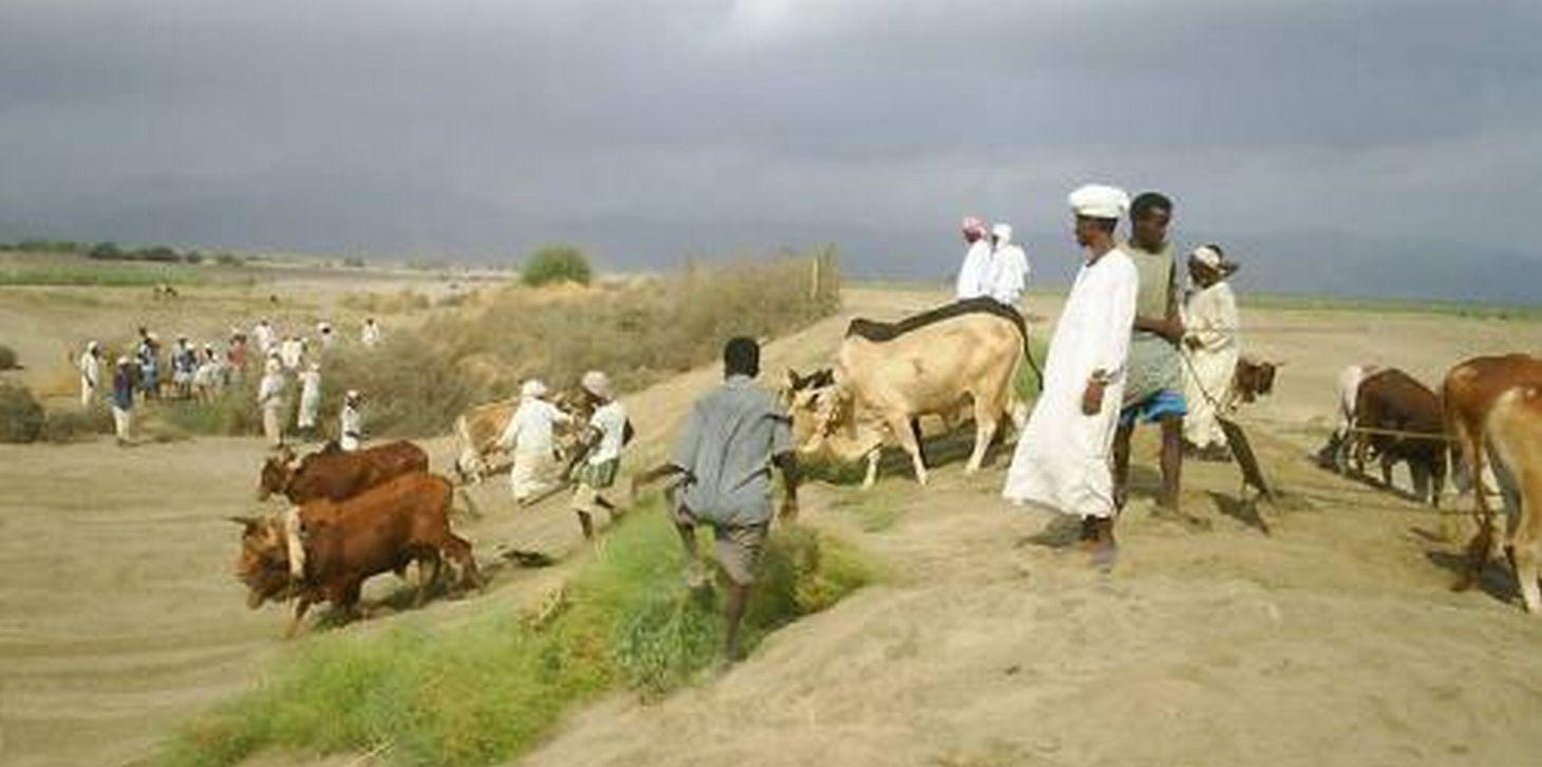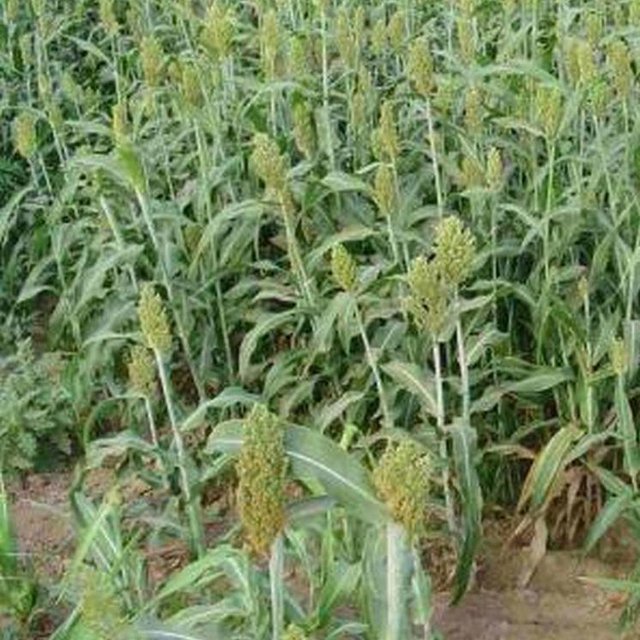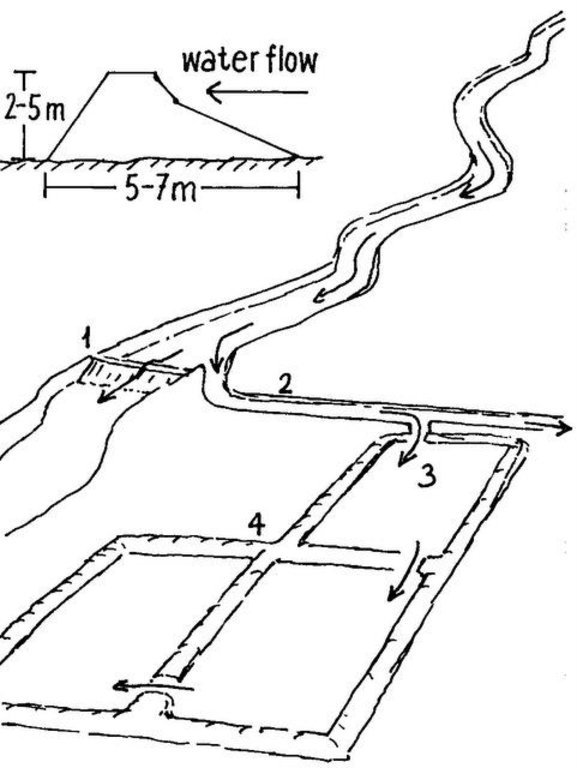



Spate irrigation has a long history in Eritrea and still forms the livelihood base for rural communities in arid lowlands of the country.
Purpose of the Technology: It is a traditional water diversion and spreading technique under which seasonal floods of short duration – springing from the rainfall-rich highlands – are diverted from ephemeral rivers (wadis) to irrigate cascades of leveled and bunded fields in the coastal plains.
Establishment / maintenance activities and inputs: The diversion structures include the following elements: (1) the ‘agim’, a temporary 3-4 m high river diversion structure on the low-flow side of the wadi, made from brushwood, tree trunks, earth, stones and/or boulders, erected to divert a large part of the flow during a spate flow to adjacent agricultural fields; (2) a primary, and several secondary, distribution canals; unlined, bordered by earthen embankments; convey and spread the floodwater to the irrigable fields; (3) the fields, rectangular shaped, of about 1–2 ha, separated by earthen bunds. Floodwater is distributed from field to field: when a field is completely flooded (to a depth of about 0.5 m), water is conveyed to the immediate downstream field by breaching one of the bunds. This process continues until all the water is used up. Arable fields need to be flooded several times. The water soaks deep into the soil profile (up to 2.4 m) and provides moisture sufficient for two or even three harvests: crop growth is entirely dependent on the residual soil moisture. The main crop grown is sorghum; maize is the next most important. Sedimentation is as important as water management: With each flood, soil is built up by depositing rich sediment on the fields. Due to the force of the floods, the diversion structures are frequently damaged and/or washed away. Reconstruction and maintenance are labour-intensive and require collective community action.
Natural / human environment: Elaborate local regulations, organization and cooperation at the community level are prerequisites for successful management of spate irrigation systems.

Location: Wadi Laba, Sheeb area, Eastern lowlands, Eritrea
No. of Technology sites analysed:
Spread of the Technology: evenly spread over an area (160.0 km²)
In a permanently protected area?:
Date of implementation: more than 50 years ago (traditional)
Type of introduction



| Specify input | Unit | Quantity | Costs per Unit (n.a.) | Total costs per input (n.a.) | % of costs borne by land users |
| Labour | |||||
| Labour | ha | 1.0 | 24.0 | 24.0 | |
| Equipment | |||||
| Animal traction | ha | 1.0 | 36.0 | 36.0 | |
| Total costs for establishment of the Technology | 60.0 | ||||
| Total costs for establishment of the Technology in USD | 60.0 | ||||
| Specify input | Unit | Quantity | Costs per Unit (n.a.) | Total costs per input (n.a.) | % of costs borne by land users |
| Labour | |||||
| Labour | ha | 1.0 | 24.0 | 24.0 | |
| Equipment | |||||
| Animal traction | ha | 1.0 | 36.0 | 36.0 | |
| Total costs for maintenance of the Technology | 60.0 | ||||
| Total costs for maintenance of the Technology in USD | 60.0 | ||||
Residues are fed to livestock
Without irrigation, agricultural production is not possible